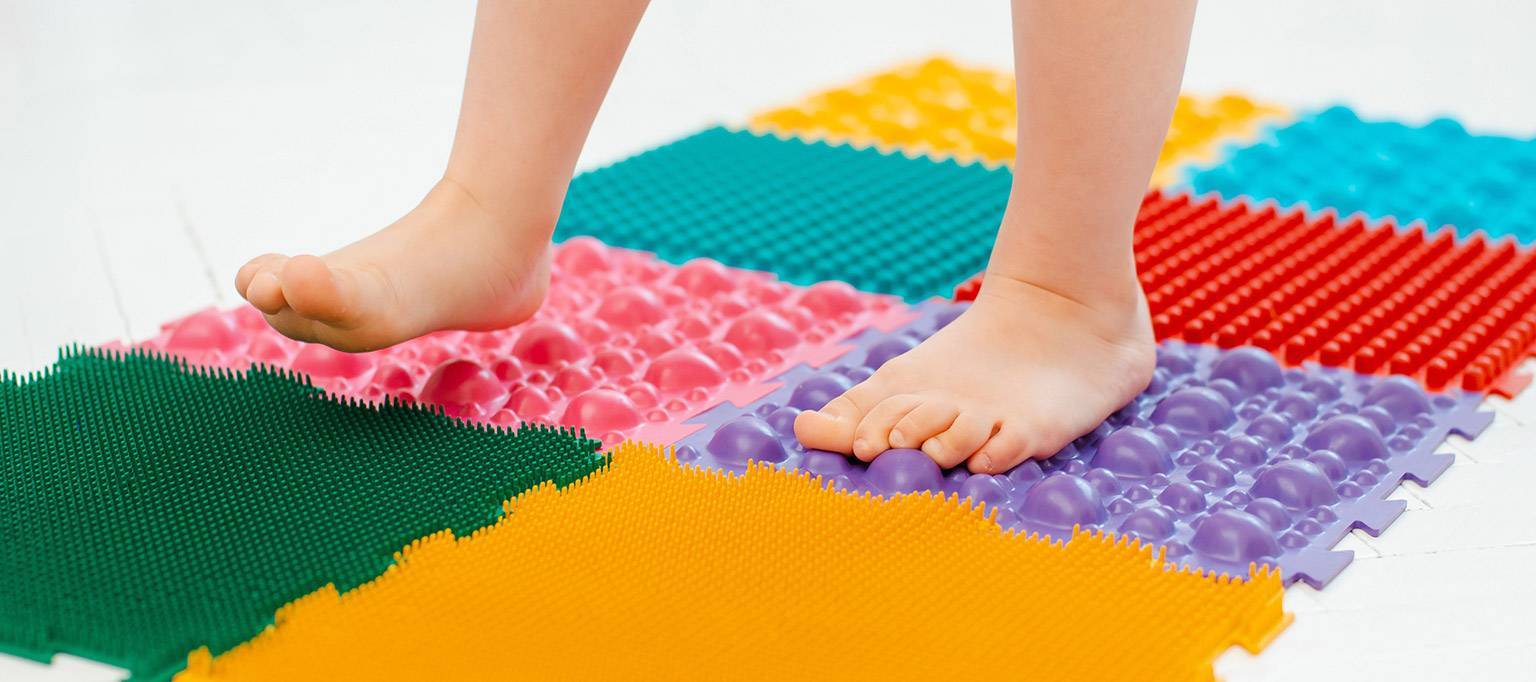Intoeing and Toe Walking

We all have a unique way of walking and a child’s gait ( pattern of walking) can change as they grow from a toddler to a teen. Some of the more common concerns with walking that are referred to physiotherapy are intoeing and toe walking and we will have a closer look at both of these conditions here.
Intoeing
In-toeing is the term used when a child’s feet appear to point towards each other slightly when they walk
1 – 2 years : During pregnancy and at birth babies feet turn inwards and legs rotate inwards. As they start to crawl and stand this becomes less obvious as the muscle which turn the legs out become stronger. When they stand and walk, the muscle imbalance evens out and the turning in of the legs becomes more evident again. Turning in of a child’s feet under the age of 2 is part of normal development and does nto require a referral to the physiotherapy service
2 – 5 years: 1 in 10 children between the ages of 2 and 5 will walk with their feet turning in. This may be due to the twists in the bones of the legs as they are developing (tibial torsion or femoral anteversion) and can also be due to the front of the foot pulling inwards slightly ( metatarsus adductus). Children who sit in a ‘w-sitting’ position are more likely to show rotation in the leg bones and this position should be discouraged. Tibial torsion resolves in 95% of children between the ages of 5 and 8 and does not require any intervention. If it does persist into adulthood it is not linked to any long-term disability. Femoral anteversion peaks between the ages of 3 and 6 and then gradually resolves after this. More than 80% of cases spontaneously resolve by late childhood and do not require any intervention.
Physiotherapy referrals should be made for children who only in-toe on one side, who walk on their toes as well as in-toe or for whom in-toeing has recently developed.
Out-toeing
Out-toeing is the term used for children who walk with their feet pointing away form each other. It tends to be exaggerated in children who walk late and usually resolves between 2-3 years of age. Between the ages of 4-7 the feet can turn out as the natural twist in the tibia bone changes and this can be on one side only. Children with out-toeing do not need a physiotherapy referral.
Toe-walking
Many children will walk on their tiptoes from time to time but when toe-walking is the predominant feature of their gait, then they would benefit from an assessment by a physiotherapist to determine any underlying causes. This is particularly important if your child is unable to stand with their feet on the floor or if toe-walking develops at a later age i.e. not when the child first starts to walk. In a typically developing child a consistent heel-toe pattern of walking usually develops by 18 months of age or approximately 23 weeks after they start to walk.
For many children their will be no known cause for their toe-walking and this is known as ‘idiopathic toe-walking’ or ‘habitual toe-walking’. It is estimated that 7-24% of the population will be idiopathic toe walkers and 30-40% of idiopathic toe-walkers will have a family history of toe-walking. Studies have shown that approximately 50% of idiopathic toe-walkers will have spontaneously resolved
Useful Downloads
Our Service Pages
Children’s Physiotherapy Service